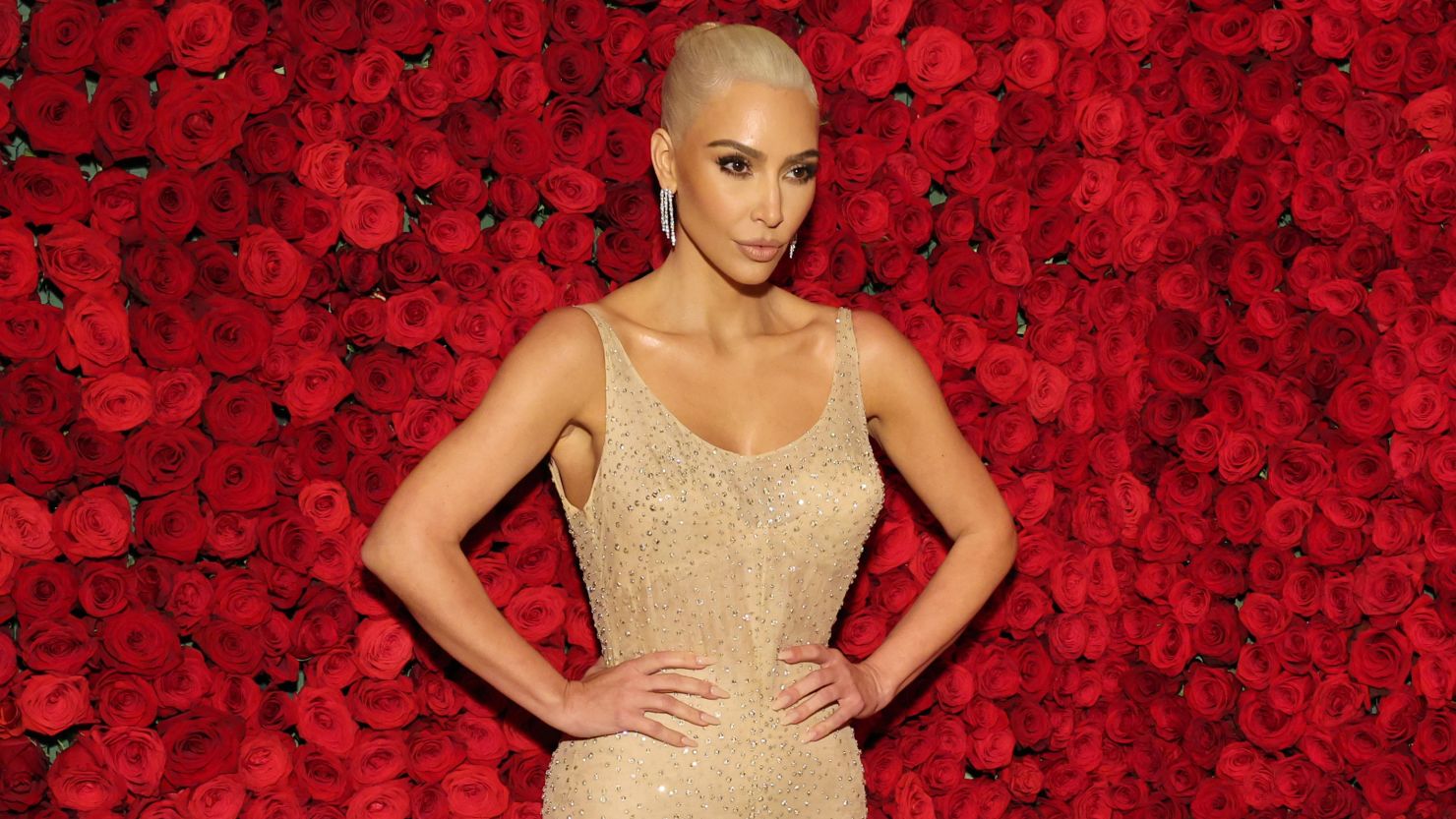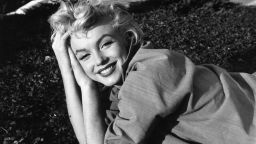Editor’s Note: Racquel Gates (@RacquelGates) is an associate professor of film and media studies at Columbia University. She is the author of “Double Negative: The Black Image and Popular Culture.” The views expressed here are her own. Read more opinion on CNN.
“Do you want to see me become her?”
I can imagine Kim Kardashian uttering this as she slipped on Marilyn Monroe’s custom-made flesh-toned Jean Louis and Bob Mackie gown, the one that Monroe wore in 1962 when she breathily sang “Happy Birthday” to President John F. Kennedy at Madison Square Garden.

Indeed, the details of Kardashian’s efforts to transform her body into one that fit the dress – the 16-pound weight loss in under a month and the 14-hour bleaching process to approximate Monroe’s white blonde hair – suggests Kardashian’s desire to embody, rather than pay homage to, Monroe.
Of course, the line “do you want to see me become her?” belongs not to Kardashian but to Monroe herself. As Amy Greene – wife of Monroe photographer and business partner, Milton Greene – explained, while walking down a New York City street one day, Monroe asked Greene if she’d like to witness the transformation from Marilyn Monroe the person to Monroe the movie star.
As Greene observed, “I don’t know how to explain what she did because it was so very subtle, but she turned something on within herself that was almost like magic. And suddenly cars were slowing and people were turning their heads to stare. They were recognizing that this was Marilyn Monroe as if she pulled off a mask or something, even though a second ago nobody noticed her.”
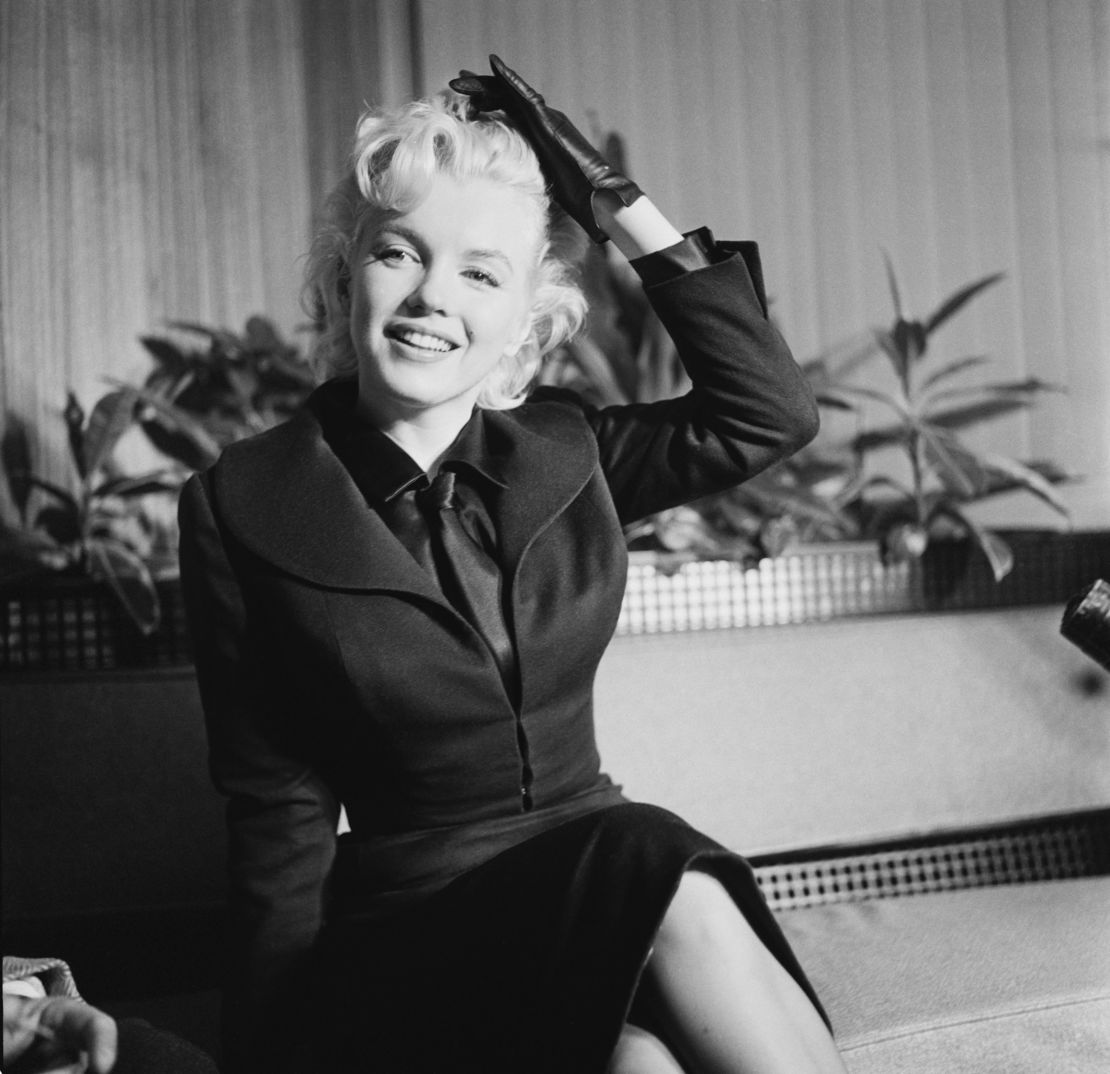
This story has become part of the mythos of one of the greatest stars of the classic Hollywood era. It captures an indelible aspect of Monroe’s legendary appeal: the idea that the real her was somehow distinct from her celebrity persona. And within that notion is also the tantalizing prospect that one might be able to access that authentic Marilyn – if one only continued to investigate the details of her films, her life and her death, a crusade that shows no sign of slowing as new biographies, documentaries, online speculation and more continue to emerge year after year.
Unsurprisingly, Kardashian’s decision to wear the dress at the Met Gala on May 2 – and the suggestion that, in doing so, she was attempting to “become” Monroe – prompted quick and in some cases virulent backlash. Kardashian’s desire to essentially wear Monroe’s identity like a second skin fits into a larger charge about the former (and some of her sisters): that they are shameless appropriators of culture and style as part of their personal and professional branding.
Whereas Kardashian has made a career blurring the line of what’s real, Monroe excelled at masking it. Monroe’s public image was so flawlessly executed, performed and presented that decades later, we are still eagerly searching for the woman underneath it all.
Yet what Kardashian does offer – and what might actually be in service of Monroe’s legacy – is to make visible the labor of image creation, something that would have destroyed the mysterious allure of the Monroe persona in the star’s own time.
What criticism of Kim Kardashian is really about
Kardashian’s identity as ethnically White and her adoption of Black cultural styles and aesthetics echoes historical critiques of Jewish and Irish minstrel performers adopting blackface in the early 20th century, most famously in the 1927 film “The Jazz Singer.”
As Michael Rogin and others have shown, that mode of performance was a way to both appropriate Blackness and simultaneously assert their Whiteness – at a time when their racial identities were very much in flux. Questions have been raised about whether Kardashian, who has been accused of “blackfishing,” darkened her skin for a photo shoot.
But her attempt to embody Monroe’s persona is a new threshold in Kardashian’s often-problematic efforts to play with her racial self-presentation.
Kardashian has often adopted Black cultural signifiers as part of her personal aesthetic, invoking Black style for a white mainstream audience. Her jewel-encrusted grill, Fulani braids that she credited to Bo Derek, and her imitation of a famous Grace Jones photograph for the cover of Paper magazine are three of the most-discussed examples.
Even her famed curvy body – emblematized by her posterior – is the type of “thick” body most readily associated with the Black “video vixens” made famous in music videos starring rappers like Kardashian’s ex-husband, Kanye West. Though Kardashian has acknowledged the criticisms, this history no doubt informs the perception that Kardashian was consciously attempting to poach Monroe’s stardom – and Whiteness – when she donned her famous dress.
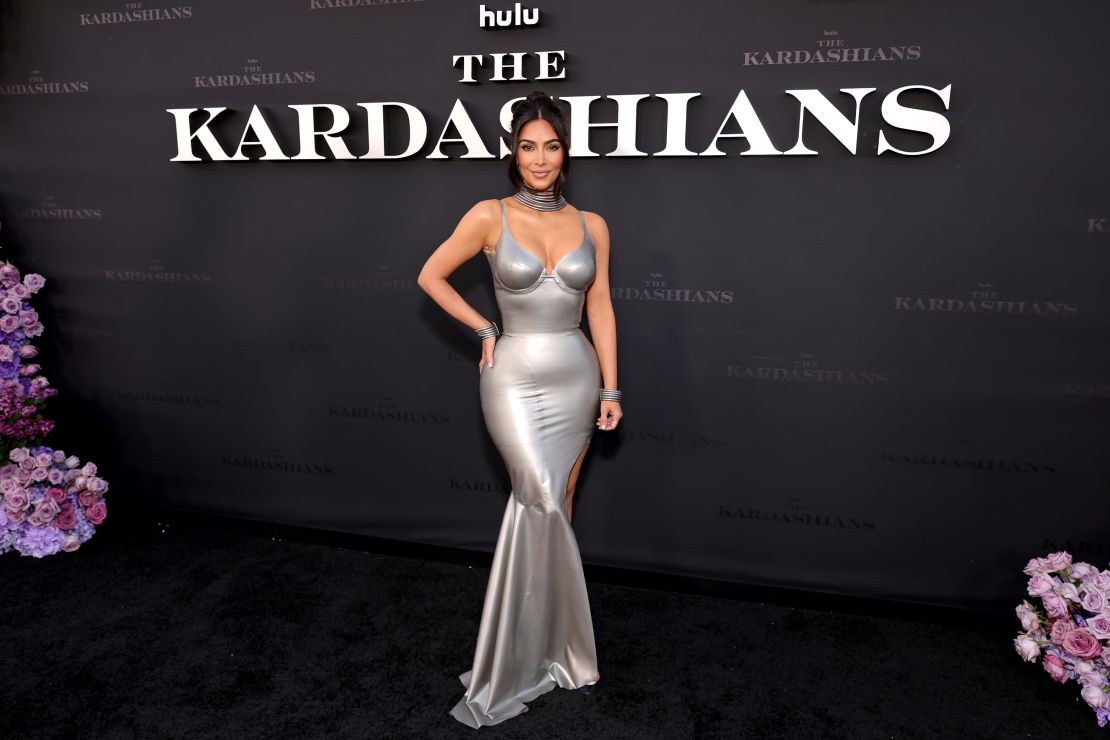
Indeed, Kardashian’s seeming pivot from someone associated – even problematically – with Blackness, to her momentary transformation into the blonde-haired Hollywood icon reinforced the idea for some that Blackness was a temporary stop in her sojourn to unambiguous Whiteness and respectability.
On the other hand, preservationists registered their horror at the handling and exposure of the historic garment at the gala. While Kardashian certainly wasn’t the first celebrity (or even noncelebrity) to wear a vintage or archival garment, this particular line of criticism quickly became the focus of the ire directed at Kardashian.
Ripley’s Believe it or Not!, which purchased the gown at a 2016 auction for nearly $5 million, loaned it to Kardashian for the occasion, though she only wore the actual dress for a few minutes on the carpet before changing into a replica.
No matter that, as costume historian Kimberly Chrisman-Campbell noted on Twitter and in the Los Angeles Times, there is precedent for both celebrities and models wearing vintage or archival pieces and museums or private collectors exhibiting their pieces in creative but potentially risky ways. Rather, critics laid the responsibility squarely on Kardashian’s shoulders, accusing Kardashian of marring this symbol of classic Hollywood glamor with both her body and her persona.
It’s worth noting that this conversation is the one that has dominated public discussion raised by Kardashian’s adoption of Marilyn’s persona. Preservationists’ very real concerns about the dress itself, however, provide a convenient cover for a more ideological criticism – that Kardashian disgraces the legacy of Monroe by daring to “become her” for a night.
Video circulating of one of the dress fitting appointments quickly prompted derisive remarks about Kim’s “fat ass” or the disconnect between her skin tone and Marilyn’s, comments undergirded by racial connotations. Such an argument depends on assumptions about Kardashian’s racial performance, as well as on critiques grounded in taste, respectability, celebrity and authenticity.
This line of critique effectively contrasts Monroe’s classic Hollywood film icon status – established in films like “Gentlemen Prefer Blondes,” “The Seven Year Itch” and “Some Like It Hot” – positively against the negative of Kardashian’s “being famous for nothing” status, earned in the reviled world of reality television.
Marilyn Monroe, proto-reality star
But those formulations – valid though they are – miss the deeper resonance of what Kardashian’s public display of the dress signifies about Monroe and how her history has been deliberately revised.
Start with the fact that the dress that Kardashian chose to wore is not one associated with Monroe’s film roles or even the one most readily associated with Monroe as icon: that would most likely be the white/ivory halter dress designed by William Travilla for Monroe’s appearance in the Billy Wilder film “The Seven Year Itch.”
Rather, Kardashian wore the gown from one of Monroe’s appearances in what we might understand as a predecessor to modern reality television: JFK’s televised/recorded birthday party at Madison Square Garden.
The pleasures that make the moment iconic – the context of Monroe’s and Kennedy’s relationship as Monroe seems to flirt with her lover in front of both a live and televisual audience with the knowledge that his wife Jackie is at home watching – is perhaps closer to the melodramatic appeal of contemporary reality television than classic Hollywood cinephiles would like to admit.
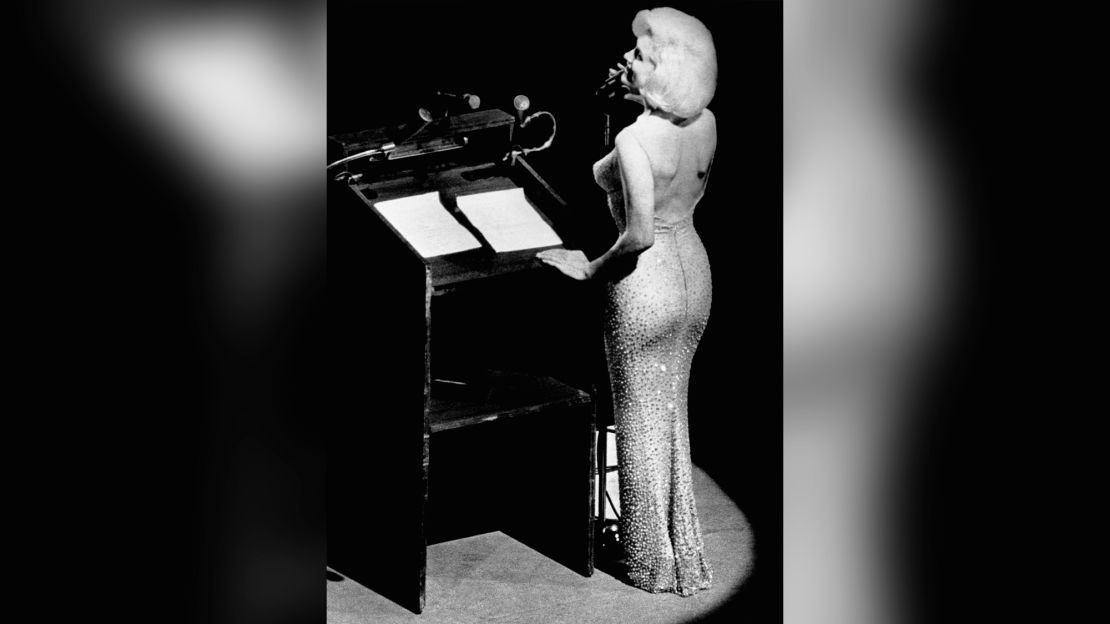
Indeed, the gown Kardashian wore represents a particular aspect of Monroe’s celebrity – infamy rather than fame – and Monroe’s unique ability to take something scandalous and embrace it rather than allow herself to be shamed by it.
Within that light, the dress fits Kardashian quite well – figuratively, if not literally – because of what it symbolizes about Monroe and what the subsequent whitewashing of Monroe’s image in subsequent eras has erased: a woman who constantly tried to reinvent and exert some type of agency over her public image, refusing to be shamed by scandal, and often using television as the means to do so.
One need only try to sort through the real-life difficulties that Monroe faced and the myriad unfounded rumors that today are often taken as gospel to see the residue of her complicated celebrity persona. Publications tried to create controversy around her early modeling for men’s calendars, Hugh Hefner purchased and published her nude photos without her consent, gossip columnist Hedda Hopper wrote an open letter to Monroe blaming the star for her own miscarriages.
Monroe’s associations with Black people – both platonically and romantically – garnered additional consternation from those in charge of managing her image. And, always at the ready were accusations that she was sleeping with everyone, from allegedly prostituting herself to studio execs to having an affair with both John Kennedy as well as his brother Robert, regardless of how farfetched some of these claims might be.
All of this must surely resonate with Kardashian, whose name is still mentioned in connection with a sex tape now some 20 years old. Indeed, in the messy intersection of celebrity and reality, Monroe and Kardashian have more in common than one might think.
Our never-ending desire for the “real” woman
One of the most enduring elements of Monroe’s fandom is the desire to uncover the “real” story of Marilyn Monroe. By contrast, Kardashian offers a highly curated version of the aspects of her life both big and small: her romantic relationships, sibling conflict, professional endeavors and more make up the content of both her two television shows as well as her social media presence.
There is not an aspect of Kardashian’s life that has not been mediated and offered up to the public, at Kardashian’s own hands. Crucially, whereas Monroe struggled to obtain professional agency throughout her career, Kardashian effectively owns her own image.
As executive producer of “Keeping up with the Kardashians” (E!, 2007-2021) and “The Kardashians” (Hulu, 2022– ), as executive producer of her life and image, we might argue, Kardashian’s version of the “real” is the one that she chooses to share with the public rather than one that the public can take pleasure – and ownership – in uncovering.
Monroe, and the studio system and its attendant publicity machine, presented the star as the guileless bombshell: a sexpot whose crucial appeal was that she didn’t seem to be trying to be sexy – she just was – effortlessly.
Of course, the reality is that the Monroe persona was the product of her own and the studio’s very real and measurable efforts to craft her image into one that fans would adore: from her plastic surgery and dyed blonde hair to her constant dieting and – most obviously – in her name change from Norma Jeane Baker to Marilyn Monroe.
Kardashian’s intense diet and workout plan to fit into Monroe’s gown, modifications that the public has witnessed over time, even her transition from a Black-adjacent aesthetic to the presumptive Whiteness enabled by her performance of Monroe – the most iconic blonde of all time – makes exceedingly obvious the work that goes into creating an image, the labor that maintains the illusion that there is even a “real” to access.
Kardashian could never put on a dress and be Monroe, but perhaps that’s because there is no “real” Monroe to become.
